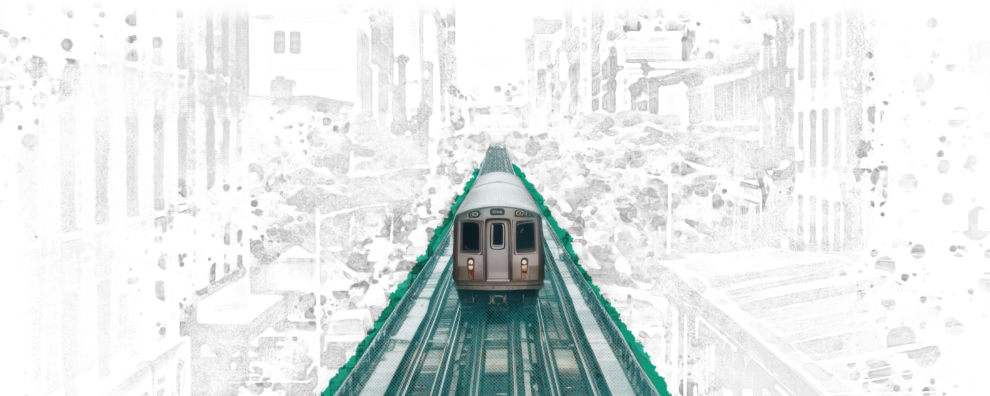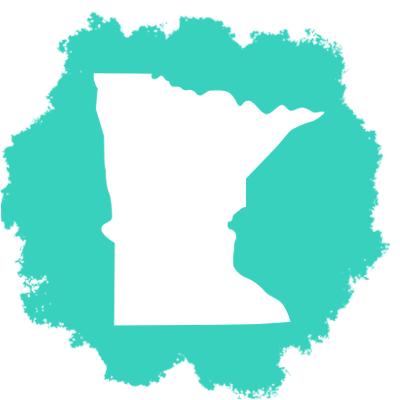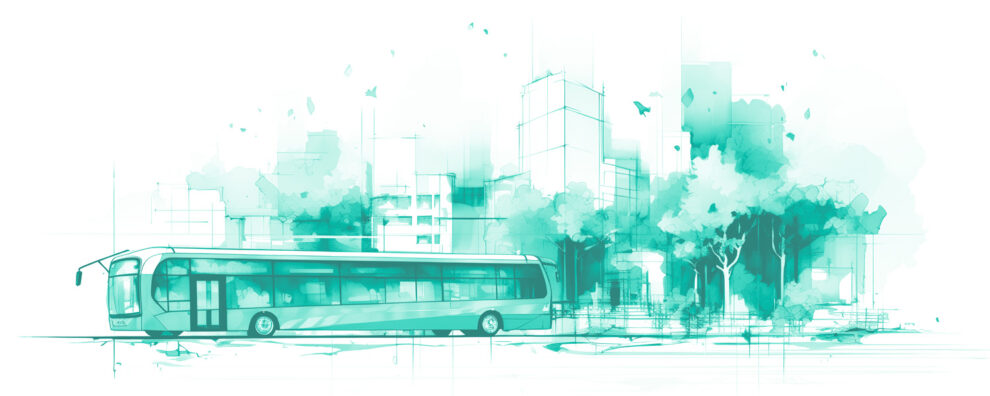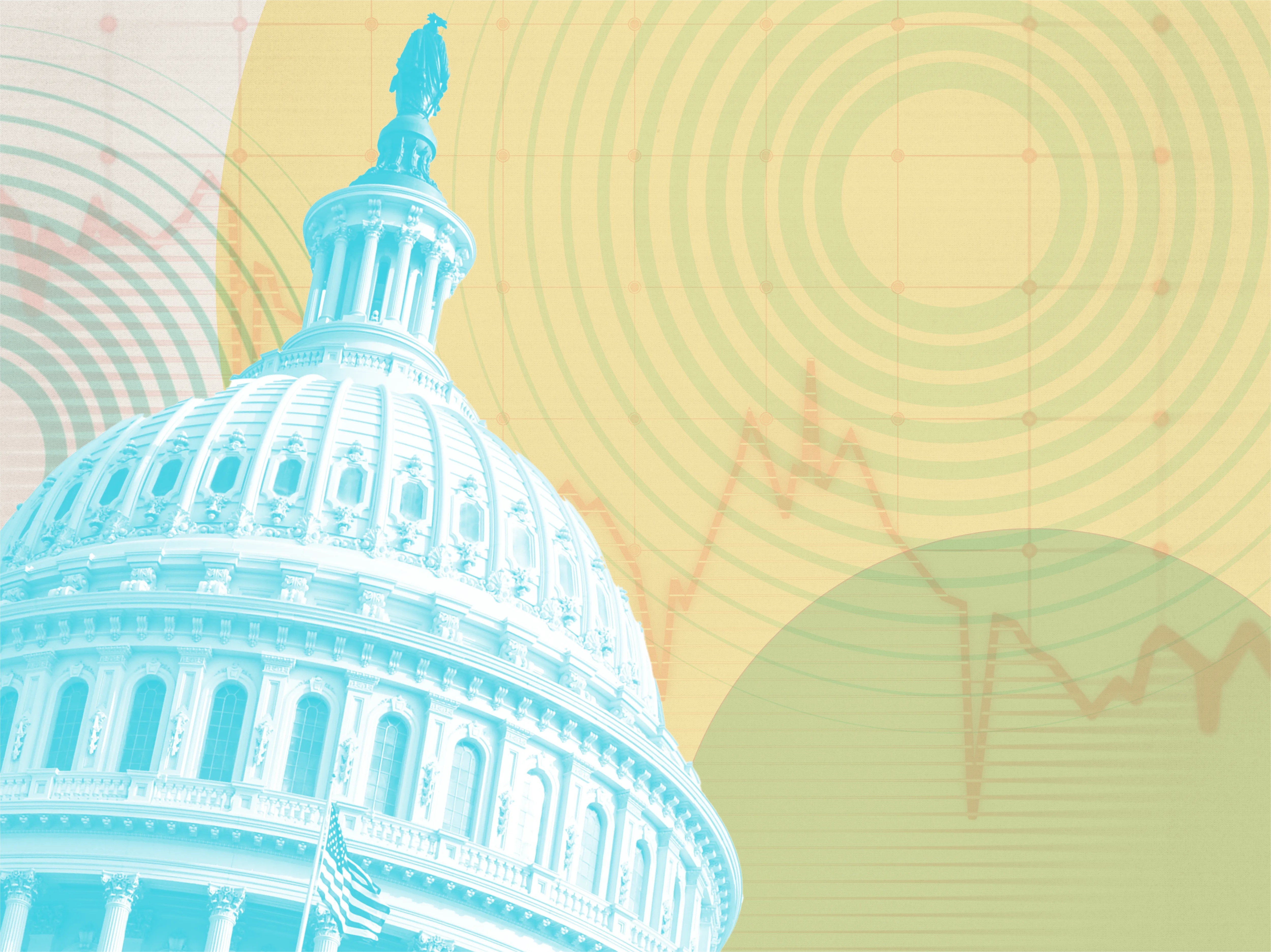
Public transit development in the U.S. is at a crossroads – literally and figuratively. Transit agencies are desperately trying to improve and expand their systems with funding cuts and an uncertain future for ridership looming in the background. COVID-19 brought a shift in public transit usage and many cities are seeing delays on new projects and expansions across the board. Amid the lingering impacts of the pandemic, transit agencies are attempting to balance changing ridership levels, workforce staffing, and budgetary constraints.
Decrease in Ridership
When stay-at-home orders were made at the beginning of the COVID-19 pandemic, transit agencies saw ridership levels plummet. In 2020, nonessential workers largely began to work from home and therefore didn’t need to use public transportation to commute into urban downtown areas for work. Those that were still using public transit (especially buses) were largely essential workers.
Ridership levels have rebounded now, but not quite to the extent of pre-pandemic levels. In Washington. D.C., Metrorail ridership is hovering slightly above half of pre-pandemic levels, while ridership for the Metrobus is exceeding 2019 levels. However, due to increased telework during the pandemic, the Metro is left with a $700 million budget gap and is now looking for a steady source of funding to cover that gap.
With lower average ridership levels, transit agencies are at risk for funding cuts and therefore less opportunity to continue expanding public transit. Why does this matter?
Public transit is often left out of the climate change mitigation conversation.
The year 2023 brought the hottest June on record and 15 individual weather and climate disaster events (just in the U.S.) caused hundreds of fatalities and billions of dollars in damages. The U.S. pledged to reduce its greenhouse gas emissions by 50 – 52% by 2035, but can we get there?
A large focus of the White House’s plan to reduce transportation greenhouse gas emissions is electric vehicle (EV) and battery manufacturing. Overall, the manufacturing of electric vehicles has been a dominant part of the conversation around decarbonizing U.S. transportation.
While decreasing the number of internal combustion engine (ICE) vehicles, the increase in EVs and batteries does create new and increased energy needs. Many agree that EVs alone cannot decarbonize the transportation industry. Public transportation options need to be widely available to significantly reduce transportation emissions and create sustainable solutions. For example, every time a person opts to take public transportation instead of driving a car, they reduce their carbon dioxide emissions by 30%.
So, what are cities doing to work towards this?
While each U.S. city is unique in its public transit development, both small and large cities alike are continuing forward with new additions to their public transit systems.

San Francisco
San Francisco, a city with a population of over 800,000, recently opened its first new subway in over 40 years. This project extended the T Third line 1.7 miles and included three new underground stations and one above-ground station. Planning for this project began in the late 1980s and ended up costing $1.9 billion. The central subway aims to provide faster and smoother transit service between some of the city’s busiest areas.

Minneapolis, MN
Minneapolis, a city with a population of over 400,000, recently finished construction and opened the Metro D line providing bus rapid transit. This 18-mile line was constructed to deliver more equitable service in one of the region’s highest ridership corridors.

Tempe, AZ
Tempe, a city with a population of just under 200,000, opened a 3-mile streetcar line in 2022. The first modern streetcar in the Valley has been a vision for over a decade, aiming to help serve a downtown core of residents, businesses, and students from Arizona State University.
Other transit agencies like the MBTA in Boston, MA, debuted an extension to its Green Line – providing service in areas that historically did not have access to fast and reliable public transit.
Support for Public Transit
Cities are fighting uphill battles for renewed support and funding for transit projects. In Milwaukee, WI, transit leaders are trying to gather more support and funding for an extension to Milwaukee’s streetcar system (The Hop), a project that was delayed due to the pandemic. Funding is a challenge, but city leaders are still committed to this major expansion.
To increase ridership and remove cost burdens to lower-income riders, some cities are piloting free public transit. While some cities are piloting specific zero-fare bus routes, the following cities are testing reduced fares on their entire transit systems:
- Kansas City, MO
- Raleigh, NC
- Alexandria, VA
- Olympia, WA
- Tucson, AZ

So, what does this all mean?
A decrease in transit funding and lower ridership is not only detrimental to transit agencies and the people they serve but is also not conducive to helping mitigate the effects of climate change. Approximately 85% of greenhouse gas emissions from the transportation sector come from the surface transportation system. The use of public transportation is one of the most effective actions that individuals can take to conserve energy.
The full effects of COVID-19 on the future of public transit development and planning may not be fully realized for years to come. If a transit system is faced with budgetary constraints and/or workforce shortages, it becomes increasingly difficult to offer customers fast and reliable public transport. City officials and transit agencies have a challenging road ahead of them – a road that hopefully the public will join them on.
Accessible and abundant public transit options benefit everyone. For every person who uses public transit, there is less traffic on the roads and reduced greenhouse gas emissions.
Going forward in the conversation around climate change mitigation, public transit expansion should be at the forefront of solutions. As is commonly said in the case of building bike lanes, “if you build it, they will come.”






